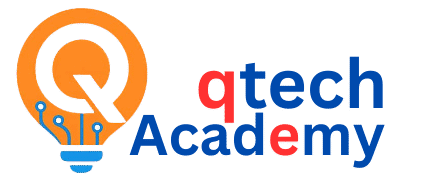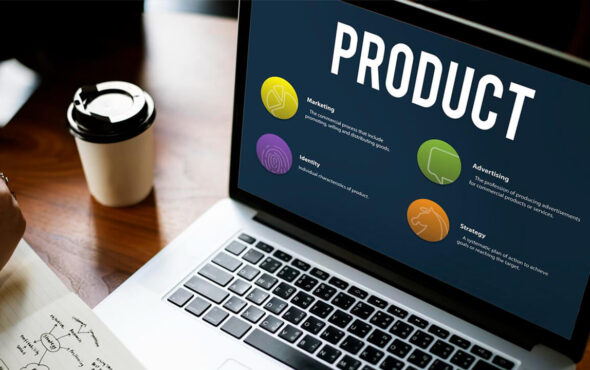About Course
Digital marketing is one of the most powerful tools small businesses can use to attract customers, compete with bigger brands, and grow sustainably without huge budgets. Let’s break it down into a structured learning roadmap tailored for small businesses.
📖 Learn Digital Marketing for Small Businesses
1. Understand the Basics
-
Digital Marketing Channels:
-
Search Engine Optimization (SEO)
-
Social Media Marketing (Facebook, Instagram, TikTok, LinkedIn)
-
Paid Ads (Google Ads, Meta Ads)
-
Email Marketing
-
Content Marketing (blogs, videos, guides)
-
Local Marketing (Google Business Profile, directories)
-
👉 Goal: Know what options exist, and which make sense for your business.
2. Build a Strong Online Presence
-
Website
-
Mobile-friendly & fast.
-
Use simple builders like WordPress, Wix, Shopify (for e-commerce).
-
Add clear CTAs (Contact, Buy Now, Book).
-
-
Google Business Profile
-
Claim your listing.
-
Add photos, reviews, services.
-
Helps with local search visibility.
-
3. Learn Key Marketing Strategies
a. Social Media Marketing
-
Choose platforms where your audience hangs out.
-
Fashion/food → Instagram, TikTok
-
Services (lawyers, consultants) → LinkedIn, Facebook
-
-
Post consistently (value + offers + engagement).
-
Use reels/videos—they perform best.
b. Search Engine Optimization (SEO)
-
Research keywords your customers search (use free tools like Ubersuggest, Google Keyword Planner).
-
Optimize your website pages, titles, and descriptions.
-
Write blogs answering customer questions.
c. Content Marketing
-
Create valuable content:
-
How-to guides
-
FAQs
-
Customer stories/testimonials
-
-
Repurpose content into blog posts, social media posts, and short videos.
d. Email Marketing
-
Collect emails from customers.
-
Send newsletters, promotions, or tips.
-
Tools: Mailchimp, Brevo, ConvertKit.
e. Paid Ads (Optional at Start)
-
Start small with Facebook/Instagram ads or Google search ads.
-
Always set a small budget and test before scaling.
4. Analytics & Tracking
-
Google Analytics → Track website traffic & conversions.
-
Facebook Insights / Instagram Analytics → See what content performs best.
-
A/B Testing → Test headlines, images, offers.
5. Budget-Friendly Tips for Small Businesses
-
Use free design tools like Canva for graphics.
-
Schedule posts with Buffer or Later.
-
Focus on organic reach before spending big on ads.
-
Collaborate with micro-influencers instead of big celebrities.
6. Practical Learning Roadmap
-
Month 1: Learn basics of websites + SEO
-
Month 2: Master social media (pick 1–2 platforms)
-
Month 3: Add content marketing + email strategy
-
Month 4: Experiment with ads and refine with analytics
✅ Action Plan for Small Business Owners
-
Start with a Google Business Profile + simple website.
-
Post 2–3 times weekly on social media.
-
Write 1 helpful blog post per month.
-
Collect customer emails from day one.
-
Run small ad campaigns once you have some content & traffic.
Course Content
Introduction to Digital Marketing
Building an Online Presence
Digital Advertising for Small Businesses
Email and Content Marketing
Analyzing and Improving Marketing Performance
Earn a certificate
Add this certificate to your resume to demonstrate your skills & increase your chances of getting noticed.









